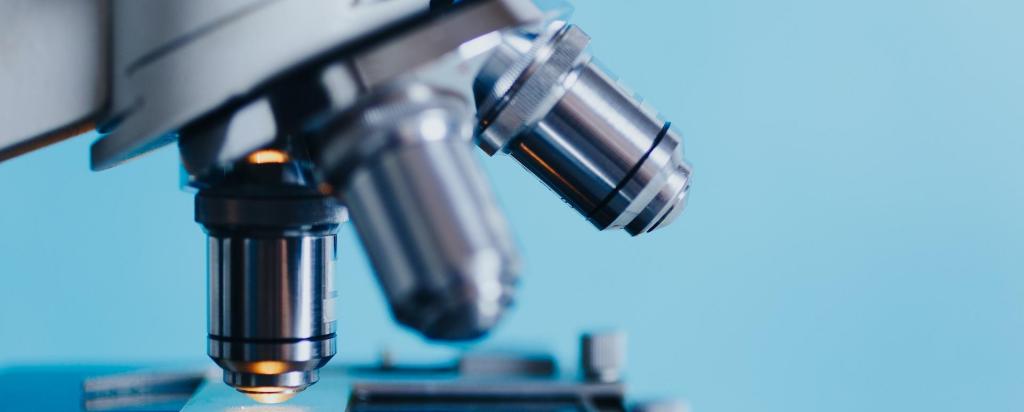FNCA Meeting
Combining resources and expertise to address climate change in the Asia-Pacific

Showing 21 - 40 of 203 results
Combining resources and expertise to address climate change in the Asia-Pacific

ANSTO operates a range of cobalt-60 gamma irradiators, providing the Australian community with a range of irradiation services for medical, health, industry, agriculture and research purposes.
PNG Fisheries expresses great satisfaction with the progress of aquaculture initiative.
A team of Australian scientists have created a new portable device that can pinpoint the exact location of radiation sources, faster and more accurately than ever before.


In May 2023, The Honourable Dr Annabelle Bennett, ANSTO Board Chair, shared ANSTO's Statement of Intent with the Minister for Industry, Science and Technology.
Read about an ANSTO scientist and their work to prepare for a school project or interview.
The Graduate Institute is part of ANSTO’s Innovation Precinct and links all graduates together to create a network of Australia’s brightest young minds focused on the future.
Australia part of global renaissance in fusion power research symbolised by ITER experiment

A world-class national research facility that uses accelerator technology to produce a powerful source of light-X rays and infrared radiation a million times brighter than the sun.
The role of trace elements as palaeoclimate proxies has been explored in ANSTO-led collaborative environmental research.
NSTO’S major project to introduce eight new beamlines at the Australian Synchrotron has reached a milestone with the delivery of ‘first light’ to the new MEX-1 beamline.

ANSTO is a highly regulated organisation. Our governance system and processes provide critical guidance to effectively manage ANSTO’s activities. This section outlines the processes and systems that are in place to provide assurance to Government, our stakeholders and the community that we are working within our regulated and mandated requirements.
In a world-first study, Australian environmental scientists have used cave stalagmites as a record of groundwater replenishment over time, that showed the current level of rainfall recharging groundwater in southwest WA is at its lowest for at least the last 800 years.

The User Advisory Committee (UAC) are pleased to present this year's invited speakers.
Dr. Qinfen Gu leads the Powder Diffraction beamline team at the Australian Synchrotron, ANSTO, and serves as an Honorary Principal Fellow in the Department of Chemical Engineering at the University of Melbourne.
Participants undertook IAEA training hosted by Macquarie University and ANSTO on use of radionuclides for soil and water investigations.